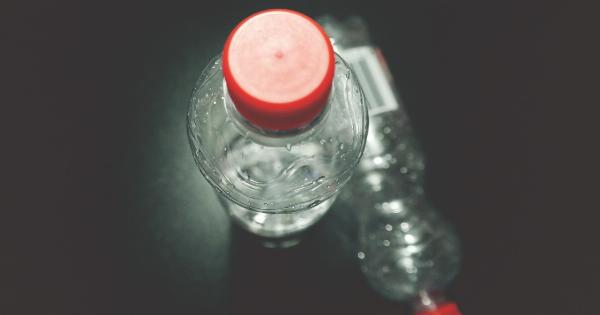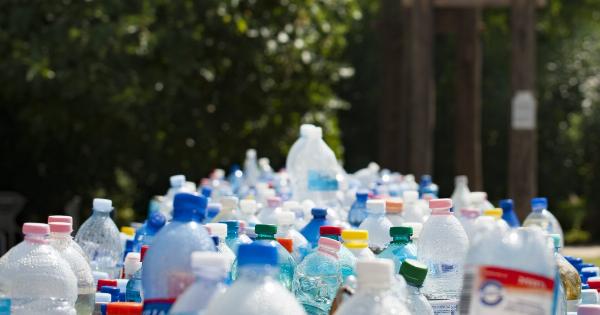Bisphenol A (BPA) is a chemical commonly found in plastics, food can linings, and receipts. Unfortunately, BPA exposure has been associated with numerous health issues, including damage to ovarian function.
What is BPA?
Bisphenol A (BPA) is a chemical that has been used since the 1960s to make certain types of plastics and epoxy resins. It is commonly found in plastic food containers, water bottles, canned food linings, and even cash register receipts.
BPA can leach from these products into food and drinks, leading to human exposure. Studies show that nearly all people have detectable levels of BPA in their bodies.
How does BPA damage ovarian function?
Research has shown that BPA exposure can lead to damage to ovarian function and fertility in women. One study found that women with higher BPA levels had lower levels of ovarian reserve, which refers to the number of eggs a woman has in her ovaries.
Another study found that women with higher BPA levels had longer menstrual cycles, which can be an indication of impaired ovarian function.
BPA has also been shown to disrupt the production of hormones that are essential for proper ovarian function.
Specifically, it can interfere with the production and action of estrogen, which is important for regulating the menstrual cycle and promoting ovulation. BPA exposure may also affect the production of luteinizing hormone (LH) and follicle-stimulating hormone (FSH), which are necessary for ovulation and the development of follicles in the ovaries.
Other health effects of BPA exposure
In addition to damaging ovarian function, BPA exposure has been linked to other health problems. These include:.
- Reproductive problems in both men and women
- Increased risk of breast cancer
- Obesity and metabolic disorders
- Behavioral problems in children
Reducing BPA exposure
While BPA is still widely used in some products, many manufacturers have started to phase it out in response to public concern. There are also steps you can take to reduce your exposure to BPA:.
- Avoid using plastic containers and bottles that are marked with the recycling code 3 or 7, as these may contain BPA
- Avoid canned foods and drinks whenever possible, as BPA can leach from the can lining into the food
- Opt for glass or stainless-steel containers and water bottles instead of plastic
- Choose fresh or frozen fruits and vegetables over canned versions
- Handle receipts as little as possible, as they can contain high levels of BPA
Conclusion
BPA exposure can lead to damage to ovarian function and other health problems. Reducing exposure to BPA is an important step in promoting overall health and fertility.




























